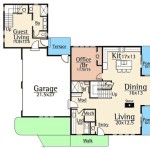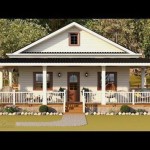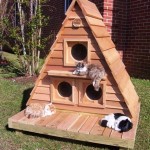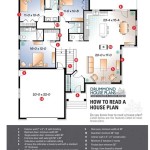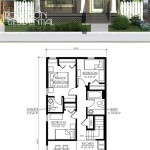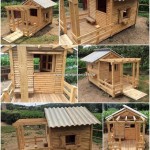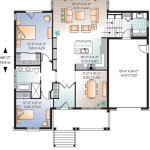Tiny House Floor Plan Ideas: Maximize Space and Functionality
Tiny houses offer a unique opportunity to simplify life and embrace minimalism. A well-designed floor plan is crucial for maximizing space and ensuring functionality within these compact dwellings. Careful consideration of lifestyle, needs, and priorities is essential during the planning process.
One popular tiny house layout is the open-concept design. This approach removes interior walls between the living area, kitchen, and dining space, creating an illusion of spaciousness. This plan promotes a sense of airiness and facilitates interaction between occupants. However, a potential drawback is the limited privacy and the challenge of containing clutter.
Incorporating loft spaces is a common strategy in tiny house design. A loft often serves as the sleeping area, freeing up valuable floor space below for other functions. Lofts are typically accessed via a ladder or stairs, which can be space-saving designs like spiral or alternating tread stairs. However, considerations for headroom and accessibility are crucial when designing and utilizing loft spaces.
Multi-functional furniture plays a vital role in optimizing space utilization within a tiny house. Items like sofa beds, fold-down tables, and ottomans with storage compartments serve dual purposes, saving valuable square footage. Choosing furniture that can be easily moved and reconfigured also enhances flexibility within the limited space.
Vertical space presents another opportunity for maximizing storage. Tall, narrow shelving units can house books, pantry items, and decorative objects. Built-in cabinets under stairways or lofts offer discreet storage solutions. Maximizing vertical space minimizes clutter and contributes to a clean, organized aesthetic.
Strategic placement of windows and skylights can significantly impact the perceived spaciousness of a tiny house. Ample natural light creates an airy atmosphere and reduces the need for artificial lighting during daylight hours. Well-placed windows can also frame views and connect the interior with the surrounding environment.
Consider incorporating a small bathroom with a combination shower and toilet to conserve space. Wall-mounted sinks and toilets free up floor space and contribute to a sleek, modern look. Utilizing light-colored tiles and reflective surfaces can further enhance the sense of spaciousness within the bathroom.
Outdoor spaces can be seamlessly integrated with the tiny house design to expand the living area. A small deck or patio provides additional space for relaxation and entertainment. Folding outdoor furniture can be easily stored when not in use, maximizing flexibility.
Prioritizing essential appliances and minimizing non-essential items is crucial in a tiny house. Consider opting for smaller, more energy-efficient appliances. Combining appliances, such as a washer-dryer combo, can also save space. Careful evaluation of needs and priorities helps determine which appliances are genuinely necessary.
Built-in storage solutions are highly effective in maximizing space within a tiny house. Custom-built shelves, drawers, and cabinets can be tailored to specific needs and integrated seamlessly into the design. This approach eliminates wasted space and provides designated storage areas for belongings.
Utilizing light colors and minimalist decor can create an illusion of spaciousness. Light-colored walls reflect light, making the space feel larger and brighter. Minimalist decor avoids clutter and emphasizes clean lines, contributing to a sense of openness.
Sliding doors or barn doors are excellent space-saving alternatives to traditional swing doors. They require less clearance space, allowing for better utilization of floor area. These doors can also add a unique design element to the tiny house.
Consider incorporating a designated workspace within the tiny house design. This could be a small desk tucked under a loft, a fold-down table, or a dedicated corner with a comfortable chair. A designated workspace supports productivity and helps maintain a clear separation between work and living areas.
Prior to finalizing the floor plan, creating a scale model or using 3D modeling software can be invaluable. This allows visualization of the space and identification of potential design flaws before construction begins. This step can help ensure the design effectively meets the needs of the occupants.
Careful planning and consideration of lifestyle are paramount when designing a tiny house floor plan. Maximizing space and functionality requires creative solutions and a willingness to embrace minimalism. A well-designed floor plan can transform a compact space into a comfortable and efficient dwelling.

Tiny House Plan Examples

Tiny House Plan Examples

Tiny House Plan Examples

House Plans Under 500 Square Feet

20x20 Small House Plan 6x6m With 2 Beds 1 Bath Plans 3d

Tiny House Plan Examples

Tiny House Plan Examples

27 Adorable Free Tiny House Floor Plans Craft

Tiny House Plan Examples

20x20 Small House Plan 6x6m With 2 Beds 1 Bath Plans 3d
Related Posts


